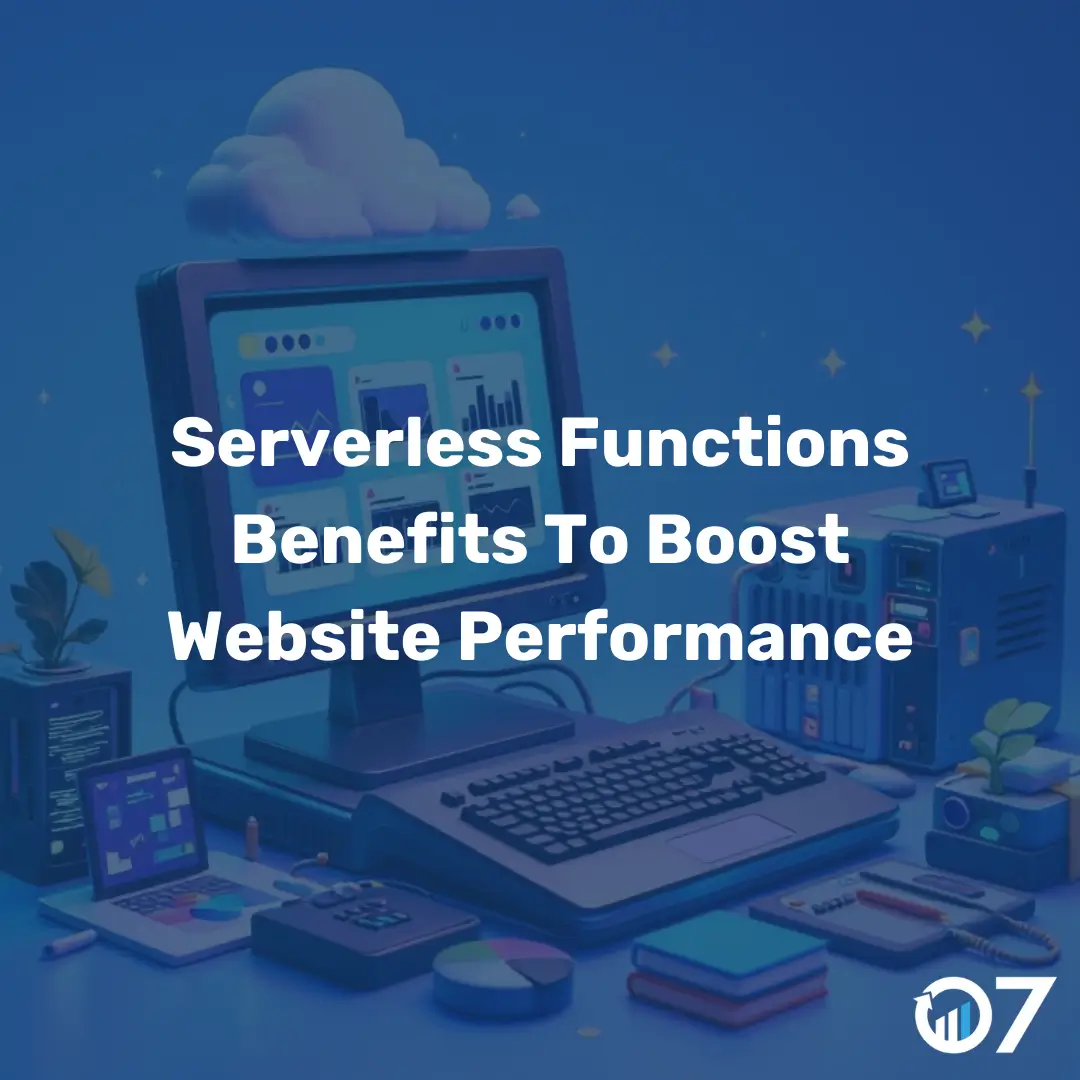Serverless functions benefits can significantly enhance your website’s performance. Discover how this technology can streamline operations and boost efficiency.
What are Serverless Functions?
Serverless functions are a cloud-computing execution model where the cloud provider dynamically manages the allocation of machine resources. This means you can run backend code without having to worry about server management. It’s a game-changer for businesses looking to scale their operations efficiently.
What Are The Serverless Functions Benefits?
Businesses can greatly benefit from serverless functions. Firstly, it reduces the need for server maintenance, allowing your IT team to focus on more strategic tasks. Secondly, it offers scalability. As your business grows, your serverless functions can handle increased loads without manual intervention.
Cost-Effectiveness
One of the most appealing benefits of serverless functions is cost-effectiveness. You only pay for what you use. This means no more paying for idle server time, which can be a significant cost-saving measure for businesses.
Improved Performance
Serverless functions can improve website performance by reducing latency. Since the cloud provider handles the infrastructure, you can expect faster load times and a smoother user experience.
Enhanced Security
Security is a top priority for any business. Serverless functions, the cloud provider ensures that security patches and updates are applied promptly, reducing the risk of vulnerabilities.
Scalability and Flexibility
Serverless functions offer unparalleled scalability. Whether you experience a sudden surge in traffic or need to scale down during off-peak times, serverless functions can adapt accordingly. This flexibility ensures that your website remains responsive and efficient, regardless of traffic volumes.
How Serverless Functions Work
Serverless functions use an event-driven architecture, triggering functions with specific events like HTTP requests, database changes, or file uploads. When an event occurs, the function executes, and the system allocates resources as needed.
Event Triggers
Event triggers form the backbone of serverless functions, originating from various sources such as web applications, databases, and third-party services. When the system detects an event, it activates the serverless function to perform the required task.
Execution and Resource Allocation
When a serverless function triggers, the cloud provider allocates the necessary resources to execute it. This dynamic resource allocation ensures efficient function execution without requiring manual intervention.
Monitoring and Logging
Serverless functions come with built-in monitoring and logging capabilities. This allows you to track the performance of your functions and identify any issues that may arise. With real-time monitoring, you can ensure that your functions are running smoothly and efficiently.
Use Cases for Serverless Functions
Serverless functions are versatile and can be used in a variety of scenarios. Here are some common use cases:
Web Applications
Serverless functions are ideal for web applications. They can handle tasks such as authentication, data processing, and third-party API integration, ensuring that your web application runs smoothly and efficiently.
Data Processing
Use serverless functions for data processing tasks, such as ETL (Extract, Transform, Load) operations, to handle large volumes of data without relying on dedicated servers.
IoT Applications
Internet of Things (IoT) applications can benefit from serverless functions. These functions can handle data collection, processing, and analysis from IoT devices, ensuring that your IoT application remains responsive and efficient.
Real-Time File Processing
Use serverless functions to process files in real-time, efficiently handling tasks like image resizing, video transcoding, and document conversion. This approach ensures quick and efficient file processing without relying on dedicated servers.
Implementing Serverless Functions Benefits
Implementing serverless functions is straightforward. Follow these steps to get started:
Choose a Cloud Provider
The first step is to choose a cloud provider that offers serverless functions. Popular options include AWS Lambda, Google Cloud Functions, and Azure Functions. Each provider offers unique features and pricing models, so it’s important to choose the one that best meets your needs.
Define Your Functions
Next, define the functions you want to implement. This involves writing the code for each function and specifying the event triggers. Most cloud providers offer tutorials and documentation to help you get started.
Deploy Your Functions
Once your functions are defined, deploy them to your chosen cloud provider. This typically involves uploading your code and configuring the event triggers. Most cloud providers offer tools and interfaces to simplify the deployment process.
Monitor and Optimize
After deploying your functions, it’s important to monitor their performance and optimize as needed. This involves tracking metrics such as execution time, resource usage, and error rates. Use this data to identify areas for improvement and make necessary adjustments.
Serverless Functions Benefits Conclusion
Serverless functions offer numerous benefits for businesses, including cost-effectiveness, improved performance, enhanced security, and scalability. By implementing serverless functions, you can streamline your operations and ensure that your website remains responsive and efficient.
Ready to boost your website’s performance with serverless functions? Visit our blog for more insights or contact us via email at info@07hm.co.uk or telephone at 01702 410663. We’re here to help you harness the power of serverless functions for your business.





